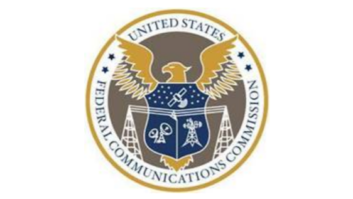A longtime equipment manufacturer is asking the Federal Communications Commission to take more account of broadcasters who may not be ready to throw out their EAS devices — even if their legacy devices are not compliant with new protocols set forth in the latest FCC Report and Order.
Gorman-Redlich Manufacturing Co. has requested a partial waiver of rules for the processing of Common Alerting Protocol messages into SAME-encoded messages that comply with protocols defined in Part 11. The waiver requests that Gorman CAP equipment be allowed to add an entire state code to the 000000 National Code so that the legacy equipment can continue to be used until they no longer function.
The goal is to allow continued operation of affected legacy equipment until such time as it ceases to operate as designed, said company founder Jim Gorman. He said the move was in direct response to customers saying they are reluctant to toss out still-functioning legacy EAS equipment.
In particular this step would help small-market and low-power stations that are pressed to come up with the money for a new unit, Gorman said. “I will be supplying the program to make their unit function with the six-zero national code free of charge if they are running the latest program for the CAP,” he said.
In his petition to the commission filed July 22, Gorman expressed concern about the inability of some equipment on the market correctly to process messages addressed to the entire United States location code of 000000.
According to Gorman, many broadcast stations continue to employ equipment from some manufacturers in conjunction with intermediary devices that add CAP functionality to the EAS equipment. This has allowed for the equipment to be wholly compliant with FCC Part 11 rules, he said.
There are a number of reasons that these older devices remain in service, he said. Not only does the equipment function as required and perform to specifications to which it was designed, but replacing the equipment can represent a substantial monetary outlay. There is also the question of how to dispose of equipment without detriment to the environment and without allowing the equipment to fall into the hands of someone with malicious intent who could use the equipment to disrupt normal broadcast operations in the United States, he wrote in his waiver request.
To allow for the continued operation of EAS equipment that is not upgraded to accommodate the 000000 location code, Gorman proposed the following modification to the operation of the intermediary device.
“Allow for the insertion of the entire state location code (0XX000) for the station’s state of installation into the generated EAS header code for messages received by the CAP intermediary device and which are addressed to the entire United States location code (000000),” he wrote.
This modification, when constrained to non-LP-1/LP-2 stations with no downstream monitoring stations, will allow such legacy EAS equipment to respond to a nationwide message.
Gorman said that the modification will not result in any false activations based on location codes because the only messages that will be affected are addressed to the entire United States. Also, because the scope is constrained to stations with no downstream monitoring assignments, this mod would not result in the airing of duplicate alerts at other stations. Further, since the legacy EAS equipment in question would not respond to the 000000 coded alert, no duplicate alerts would be aired by the station unless the 000000 alert is also sent with other location codes relevant to the station.
Gorman submitted the waiver request to both the commission and the Federal Emergency Management Agency.











